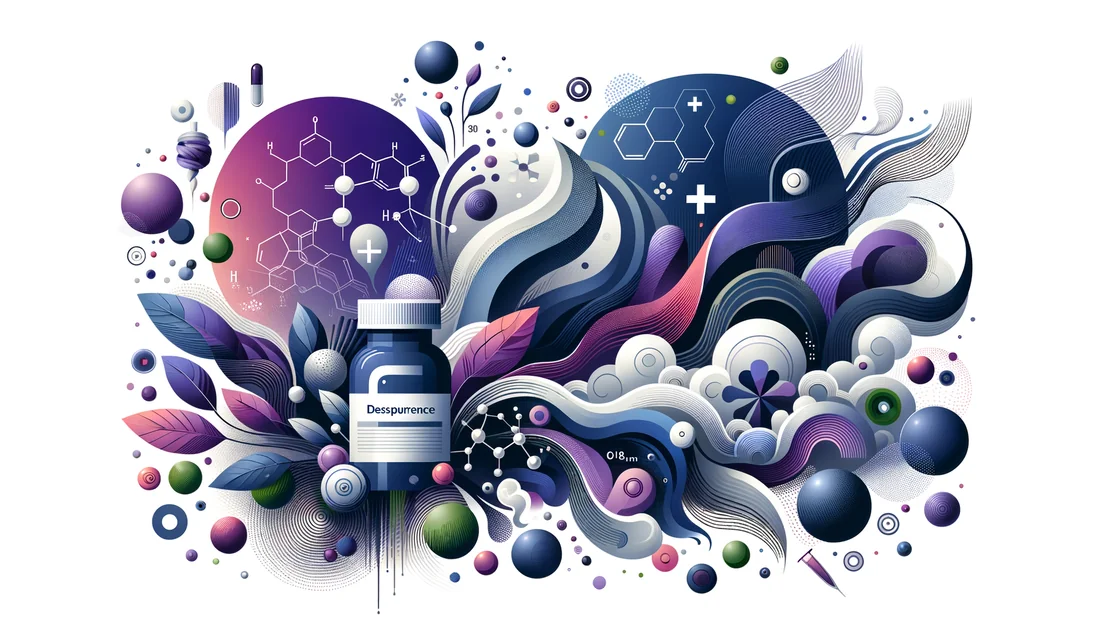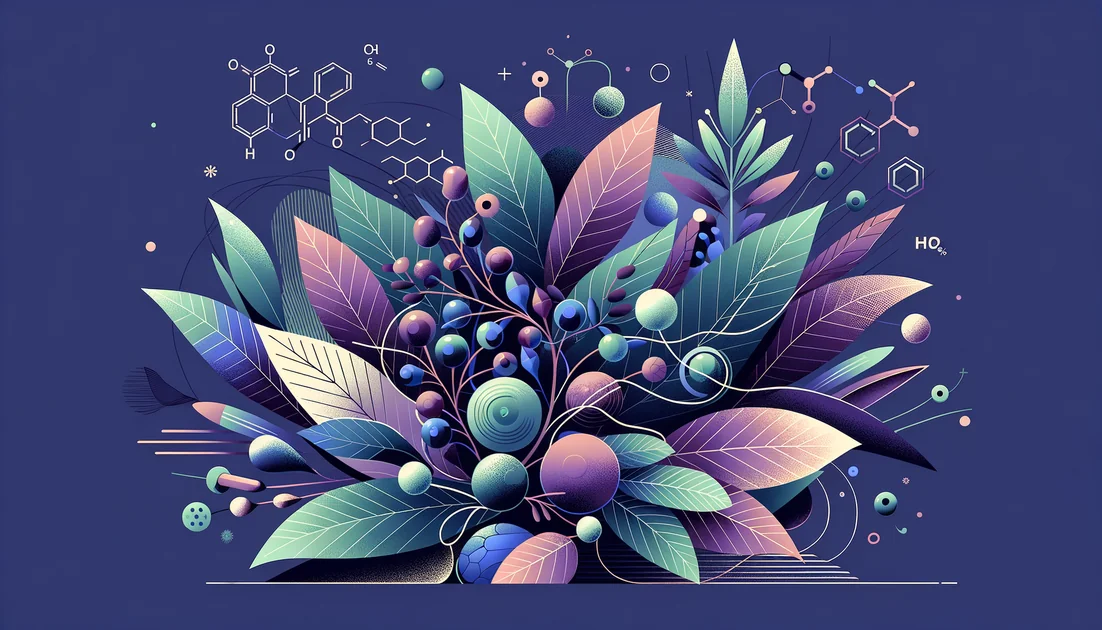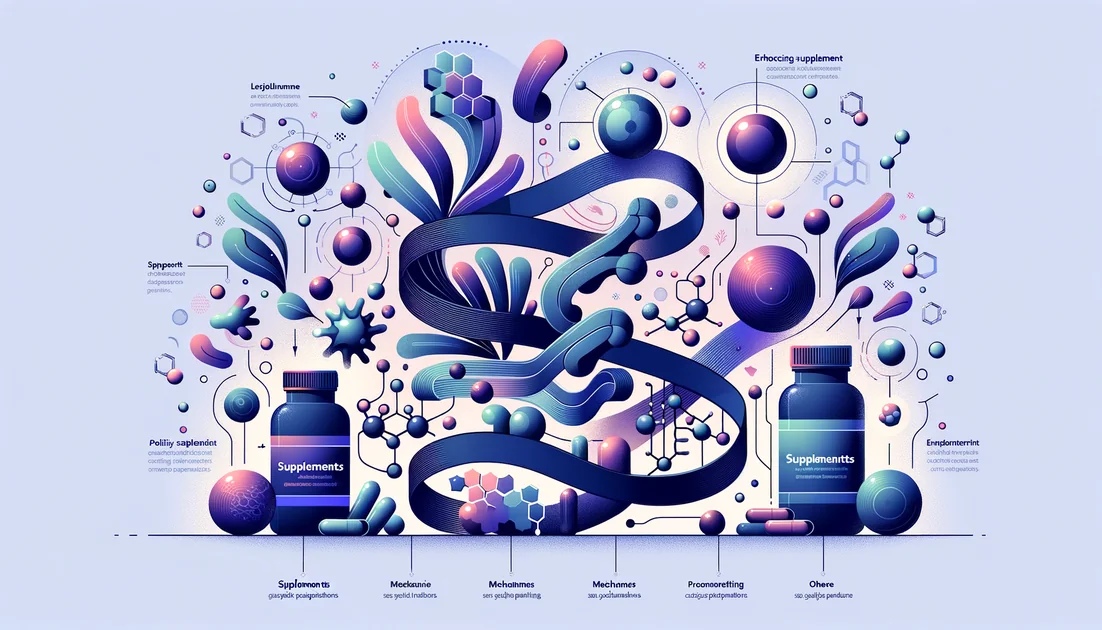
Bitter Is a Teacher: How a Warty Green Fruit Traveled the World and Challenged Our Ideas About Blood Sugar
On a humid Okinawan morning, cooks slice ridged green batons of goya—bitter melon—into a sizzling stir-fry. Elders swear by its sting. Centuries earlier, the plant was carried across oceans, eventually taking root from Asia to the Caribbean and the American South. The paradox is irresistible: can bitterness, once a warning sign in nature, become a guide to metabolic balance?[1][2]
- Evidence
- Promising
- Immediate Effect
- No → 8-12 weeks (for HbA1c); ~3-4 weeks for fasting glucose
- Wears Off
- Gradually within weeks after stopping (data limited)
A vine that refused to stay put
Bitter melon's journey mirrors human migration. Likely domesticated in India and southern China, it spread across Asia and, later, into the Americas—probably via West Africa and the slave trade. Today it grows wherever heat and humidity are generous, its craggy fruit a staple in markets from Manila to Miami. Food first, medicine second—that's how this plant survived and spread. [1] In Okinawa, where goya chanpurū is as common as morning gossip, gerontologist Craig Willcox once told a reporter that the island's "bitter cucumbers, or 'goya,' have been shown to lower blood sugar in diabetics." It was a simple line, but it captured a lived truth: some communities have eaten their way into better glucose control long before placebo-controlled trials arrived. [2]
What the modern trials actually show
Clinical studies finally caught up. A 2024 meta-analysis pooling eight randomized trials in people with type 2 diabetes reported small yet significant improvements: fasting glucose down by about 0.85 mmol/L, post-meal glucose down by ~2.28 mmol/L, and HbA1c—the 3-month sugar log—by 0.38 percentage points. Total cholesterol dipped modestly too. Not a cure, not a miracle, but a nudge in the right direction. [3] Individual trials fill in color. In a 12-week study, bitter melon extract didn't move HbA1c but did lower fasting glucose compared with placebo—think of it as easing the morning "sugar launch." [4] A head-to-head, four-week trial found that 2,000 mg/day of bitter melon trimmed fructosamine (a shorter-term sugar marker), while lower doses didn't budge it; metformin, as expected, outperformed, but the plant wasn't inert. Dose and preparation mattered. [5] One of the more intriguing trials compared bitter melon to glibenclamide over ten weeks. Bitter melon proved the quieter hypoglycemic agent yet improved cardiovascular risk markers—lipids, weight, even systolic blood pressure—more favorably than the drug. It's as if the plant whispered to the broader metabolic orchestra, not just the pancreas. [6] And then there's the peptide story. Researchers isolated a tiny fragment from bitter melon—mcIRBP-19—that acts like a courteous messenger at the cell's insulin door, helping the receptor pay attention when it's been tuning out. In a 2022 randomized, double-blind trial, people whose diabetes meds weren't hitting targets saw significant drops in fasting glucose and HbA1c with 600 mg/day of an mcIRBP-19–containing extract. [7] The ingredient later earned U.S. FDA "new dietary ingredient" status for safety—an early step toward standardization in a field where one jar of powder can differ wildly from the next. [8]
A surprise beyond sugar
Science loves detours. In lab and animal studies, bitter melon extracts have acted like a metabolic coach for gut microbes, nudging them toward communities that produce short-chain fatty acids—molecules that help the liver and muscles handle fats more gracefully. In mice, blocking the microbiome blunted the fruit's lipid-lowering effect, suggesting part of its work happens through our microbial partners. [13] Even stranger: in ovarian cancer models, bitter melon activated a cellular energy switch (AMPK) through an alternate route, slowing cancer cell growth and making chemotherapy hit harder—without harming healthy cells in those experiments. It's early, preclinical terrain, but a reminder that plants often carry multiple stories. [14]
How people actually use it
If you cook with it, you're already on solid ground. Culinary use—stir-fries, curries, soups—has a safety record built on centuries. If you supplement, the landscape shifts to extracts, powders, and peptides. Trials have used:
- Dried fruit preparations at 2–4 g/day for 4–10 weeks (higher doses worked better than lower ones). [5][6]
- Standardized extracts taken for 12 weeks (fasting glucose benefits without HbA1c change). [4]
- mcIRBP-19–containing extract at 600 mg/day for 12 weeks, often taken 15 minutes before lunch and dinner. [7]
The timeline is unhurried. Most people won't feel anything "today." Fasting glucose shifts tend to appear within a month; A1c changes, if they happen, take about three months—about as long as a red blood cell lives. [3][4][7] Quality matters. Because plants vary by region, harvest, and processing, standardization is the quiet hero of phytotherapy. The move toward defined peptides and NDI-recognized ingredients is part of making tomorrow's studies comparable to today's. [8]
Safety: the edges of bitterness
Bitter melon is generally well tolerated, especially as food. But a few edges are sharp:
- Rarely, severe hypoglycemia has been reported, especially in children drinking strong teas. This is not a kids' tonic. [9][10][11]
- The seeds deserve respect. They contain vicine-like compounds that can trigger a "favism-like" hemolysis in people with G6PD deficiency. Avoid seed preparations if you or your family carry this trait. [9][11]
- Pregnancy is a no-go: traditional warnings are echoed by modern references noting abortifacient signals. [10][11]
- If you're on glucose-lowering medications, think "additive." Monitor with your clinician rather than stacking in the dark. Authoritative monographs note typical supplement doses of 500–1000 mg two to three times daily, but individual needs vary. [10]
Voices from the field
"The local bitter cucumbers, or 'goya,' have been shown to lower blood sugar in diabetics." — Craig Willcox, PhD, Okinawan longevity researcher. [2]
"Bitter may indeed be better when it comes to managing diabetes." — Daisy-Mae Bagaoisan, Institute of Herbal Medicine, University of the Philippines Manila, on an ampalaya herbal tablet developed and clinically tested there. [15]
Where the trail leads next
The 2024 meta-analysis suggests genuine, modest benefits for glycemic control, yet older systematic reviews (like Cochrane's) warned that inconsistent preparations and small, short trials made firm conclusions difficult. Both can be true. The next chapter is clear: longer, larger trials using standardized, chemically defined preparations; head-to-heads as add-ons to modern therapy; and mechanistic work tying human outcomes to the microbiome and to specific molecules like mcIRBP-19. [3][16] Bitterness, it turns out, is a teacher: it slows a meal, sharpens attention, and—at least for some—helps the body listen again to sugar's signals. The elders in Okinawa didn't need a forest of p-values to taste that possibility. We do—but the forest is finally taking shape. [2][3]
Key takeaways
- •Evidence is promising, not definitive: pooled RCTs suggest small reductions in fasting (
0.85 mmol/L) and post-meal glucose (2.28 mmol/L), HbA1c (~0.38%), and total cholesterol. - •Culinary use is the safest on-ramp; studied supplements include dried fruit 2–4 g/day for 4–10 weeks, standardized extracts up to 12 weeks, and mcIRBP-19–containing extracts at 600 mg/day.
- •Timing matters in peptide-based trials: capsules were taken about 15 minutes before lunch and dinner to 'hand the insulin message' ahead of the meal.
- •Compared with glibenclamide, bitter melon's glucose-lowering is weaker, but atherogenic markers improved more over 10 weeks.
- •Best fit: adults with type 2 diabetes or pre-diabetes seeking adjunct, whole-food-leaning support for small glycemic and possible lipid/BP nudges.
- •Cautions: monitor closely with glucose-lowering meds; avoid strong teas in children; avoid seed-based preparations with G6PD deficiency; avoid during pregnancy.
You might also like
Explore more of our evidence-led investigations, comparisons, and guides across every article style.

SuperSmart (Supersmart.com / SuperSmart USA)
SuperSmart's transparency paradox: COAs for nearly everything—yet many don't prove what's in the bottle

Liposomal Vitamin C (liposome-encapsulated ascorbic acid) vs Standard Vitamin C (ascorbic acid; tablets/capsules)
For maximizing absorption per dose, choose liposomal vitamin C; RCTs show higher plasma and leukocyte exposure vs standard tablets at the same milligram dose. For value at routine intakes, standard vitamin C suffices—split doses if needed. [1][2][9]


Panax ginseng
A Jesuit cartographer in 1711 chewed a slice of ginseng and felt "more vigorous" within the hour—a story that helped ignite a global obsession with a root shaped like a tiny person. But when today's trials test Panax ginseng, the results are not the miracle many expect. Why does one of the world's most storied herbs sometimes work—and sometimes not? [1]


Tocotrienols
The stealthier cousins of vitamin E—built with springy tails that move differently in cell membranes and behave differently in your body.
